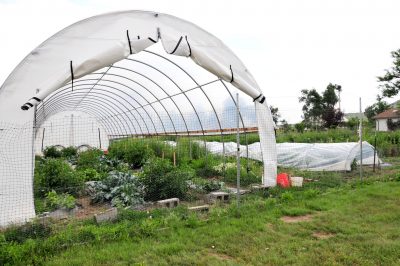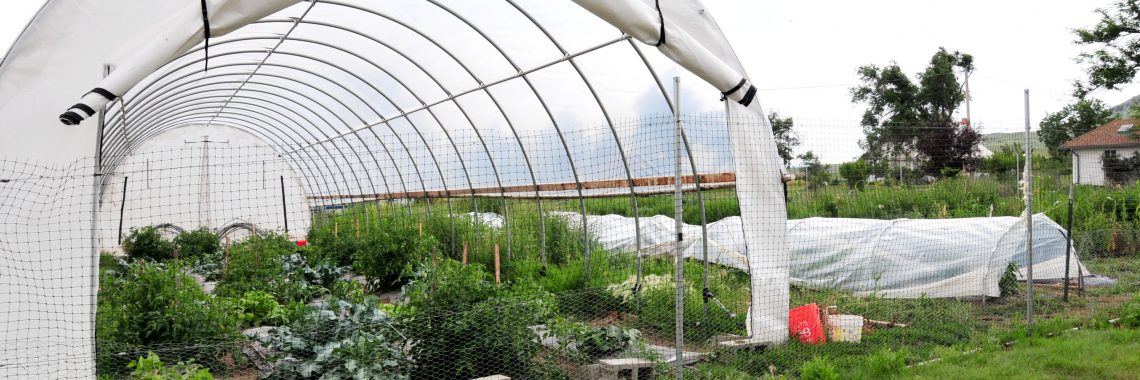As the old saying goes, if you don’t like the weather in Wyoming, wait five minutes because it will change.
There are vegetables that like warm air and soil temperatures and those that like more mild or cool soil and air temperatures. Selecting the right vegetables to match the growing climate can save a lot of time, energy, and frustration.
Cool and warm season plants
Vegetables and crops are separated into two categories: cool and warm season plants. Cool season crops generally start growing when soil temperatures are 40-45 degrees F and enjoy optimal air temperatures of 65-80 degrees F. Warm season crops, for the most part, start growing when soil temperatures are 60-65 degrees and prefer air temperatures 70-95 degrees.
Why care?
Air and soil temperatures play a major role in what vegetables will flourish and what vegetables will struggle depending upon location. A gardener in Sublette County is going to have far more difficulty growing tomatoes or corn than a gardener in Goshen County. Conversely, that same Sublette County gardener is going to have much more success growing certain cool season crops such as lettuce or spinach in July and August than the gardener in Goshen County.
The temperatures in Goshen County at this time would be above desired temperatures for cool season plants. Most likely the heat would cause the lettuce and spinach to “bolt” or start flowering and become bitter tasting.
Take a look at the temperature maps for Wyoming at https://bit.ly/wyotemperatures and compare that to the list of cool and warm season vegetables. Decide which plants will do best for your area. Keep in mind this temperature data is a bit dated but does provide a general outline of what can be expected for the hot temperatures warm season plants prefer.
Cool and warm season crops
Cool – Lettuce, spinach, kale, beets, swiss chard, carrots, peas, potatoes, cabbage, leeks, broccoli, and cauliflower.
Warm – Beans, corn, squash (summer and winter), tomatoes, peppers, melons, cucumbers, eggplants, okra, and watermelon.
In general, most cool season plants do best during the beginning and end of the growing season. Warm season vegetables will do best during the warmest part of the growing season.
Selecting vegetable varieties based on days to maturity can also be very beneficial. Selecting vegetable varieties with shorter days to maturity will provide a better chance for harvesting a crop.
Temperature consistency
Consistent temperatures are important for cold and warm season plants. Freezing temperatures at the beginning and end of the growing season can be one of the major challenges faced by growers.
You can select plants with days to maturity numbers that will have a better chance to survive until harvest based on the number of average frost-free days. For warm season plants that do not enjoy cold temperatures, plant later or add additional days for growth.
Day and nighttime temperatures are another consideration. There can be large fluctuations between day and nighttime temperatures for much of Wyoming. This temperature swing can be difficult for some vegetable crops. Peppers will not fruit properly if temperatures fall below 60 degrees F. So, while the daytime temperatures for an area might be in the mid- to upper 80s, temperatures below 60 at night will prevent pepper plants from forming peppers.

Season extension structures and selecting areas with microclimates can help increase and stabilize air and soil temperatures. There are many options available. Visit barnyardsandbackyards.com under “Gardening” for ideas and types of structures that can be used to extend the growing season. Your local University of Wyoming Extension office can help suggest potential vegetable crops for your area.
Brian Sebade is a University of Wyoming Extension educator based in Albany County and serving southeast Wyoming. He can be reached at 307-721-2571 or at bsebade@uwyo.edu.





